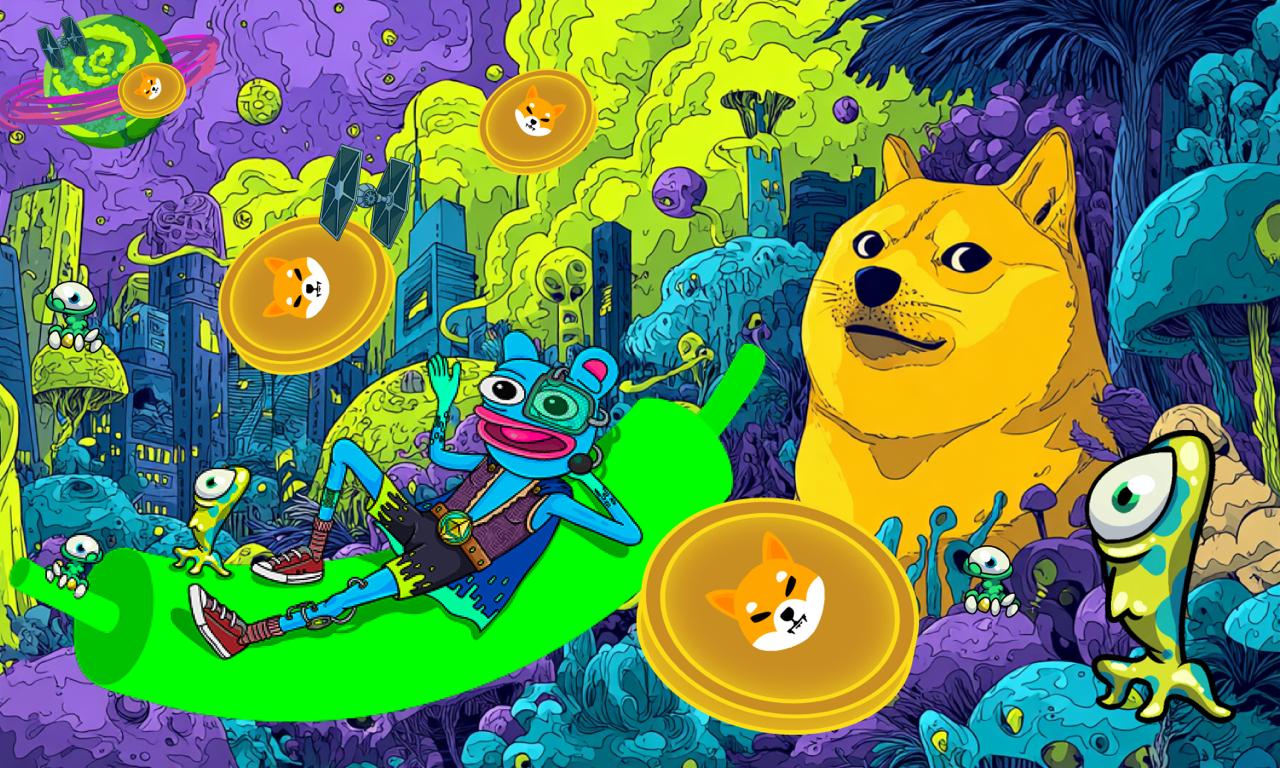Italian Brainrot characters Tralalero Tralala (created by @eZburger401) and Tung Tung Tung Sahur (created by Noxa)
Noxa/@eZburger401
Roblox’s Steal a Brainrot, based on “Italian Brainrot” memes, has become a breakout hit—the Roblox and Fortnite game recently hit almost 24 million players in a single day.
To put this in perspective, the most popular game on Steam, Counter-Strike 2, averages a daily peak of a million and a half—recent viral hit Silksong, the much-anticipated sequel to Hollow Knight, peaks at just under half a million.
Roblox is the gaming hub of choice for younger players, meaning that Gen Alpha memes are a major source of creative inspiration for the platform’s biggest games.
Steal a Brainrot has adapted the absurd Italian Brainrot meme into a Pokemon-like game, as players are tasked with collecting Brainrots, with the stressful possibility of their most valuable creatures being stolen by other players.
Like many Roblox games, Steal a Brainrot is riddled with in-app purchases and copyright controversies, but is wildly popular with children.
The Italian Brainrot trend is all over Roblox, YouTube and TikTok—videos of the creatures often rack up many millions of views.
So, what is the bizarre Brainrot trend, and why is it so popular?
The Italian Brainrot Meme, Explained
Italian Brainrot is a semi-ironic trend popularized by Gen Alpha, using AI image generators to spew out an absurd, nonsensical cast of characters.
The internet has always enjoyed photoshopping weird animal hybrids, like Strawberry Elephant and Cat Smurf, but those creatures were created with Photoshop—generative AI tools allow anyone to effortlessly create their own.
Brainrot characters emerged in 2025, some generated anonymously, and some tied to specific content creators.
Popular characters include Tralalero Tralala, a three-legged shark wearing sneakers, Bombardiro Crocodilo, a crocodile spliced with a bomber jet, and Tung Tung Tung Sahur, a wooden drum who wields a baseball bat.
Brainrots have been given backstories, expansive lore and family members (again, crowdsourced by anonymous internet-users).
The “cast” of characters has grown almost beyond measure—anyone can contribute a new Brainrot, and the internet decides if it likes them.
Despite generative AI’s inability to maintain consistency, the concept behind these characters is distinctive enough to remain recognizable across a wide-range of AI-generated content.
Why Is It Called Brainrot?
AI-generated imagery and video, often described as “slop,” incentivizes low-effort output that can be generated quickly, flooding the internet with increasingly bizarre content in the hope of grabbing decaying attention spans, if only for a moment.
Internet inhabitants refer to the endless conveyor belt of deranged, disposable content on social media as “brainrot,” and the Italian Brainrot trend embraces the absurdity of it all.
Despite the “Italian” part of the name, Brainrot can come from anywhere—it’s long been a global phenomenon. For example, Tung Tung Sahur originated in Indonesia.
Tung Tung’s creator, Noxa, is currently involved in a copyright dispute with Steal A Brainrot, which resulted in the character disappearing from the game.
What Happened With Tung Tung Tung Sahur In ‘Steal A Brainrot’?
Despite being one of the most popular, recognizable Brainrots, Tung Tung was removed from Roblox’s Steal A Brainrot after ownership of the character was called into question.
Steal A Brainrot’s creators were contacted by Noxa’s agency, Mememtum Lab, leading to the character being pulled from the game.
The decision sparked backlash from players, and some created video tributes to the character, as though Tung Tung had passed away.
The agency maintains that it did not request the character’s removal, and that Noxa is seeking a deal for the character’s usage.
However, the question of copyright regarding AI-generated works is still murky, and in the US, early attempts to claim copyright over AI-generated content have failed.
AI-generated content is derivative by nature, the output created by the AI model rather than the user, and dependent on the billions of works that the model has been “trained” on.
Roblox and Do Big Studios (which owns Steal a Brainrot) are both based in the U.S., and the U.S. copyright office has dictated that “the outputs of generative AI can be protected by copyright only where a human author has determined sufficient expressive elements.”
The question of legal ownership over AI-generated content hasn’t quite been answered yet, but AI-generated output is already being monetized.
Like Skibidi Toilet, Italian Brainrot has inspired a tsunami of merchandise, like trading cards and plushies, but unlike Skibidi, which was created by a YouTube animator, Italian Brainrot has no single artist to be clearly credited.
Like the trend’s signature beasts, Italian Brainrot is a strange hybrid, an example of collective storytelling, meme-culture, ruthless monetization, internet-induced irony-poisoning and earnest enjoyment.
It’s a popular IP created by the youth, immediately absorbed into the market, but designed to be somewhat incomprehensible to outsiders—parent’s bafflement is much of the point.
MORE FROM FORBES
Source: https://www.forbes.com/sites/danidiplacido/2025/09/19/robloxs-italian-brainrot-trend-explained/



